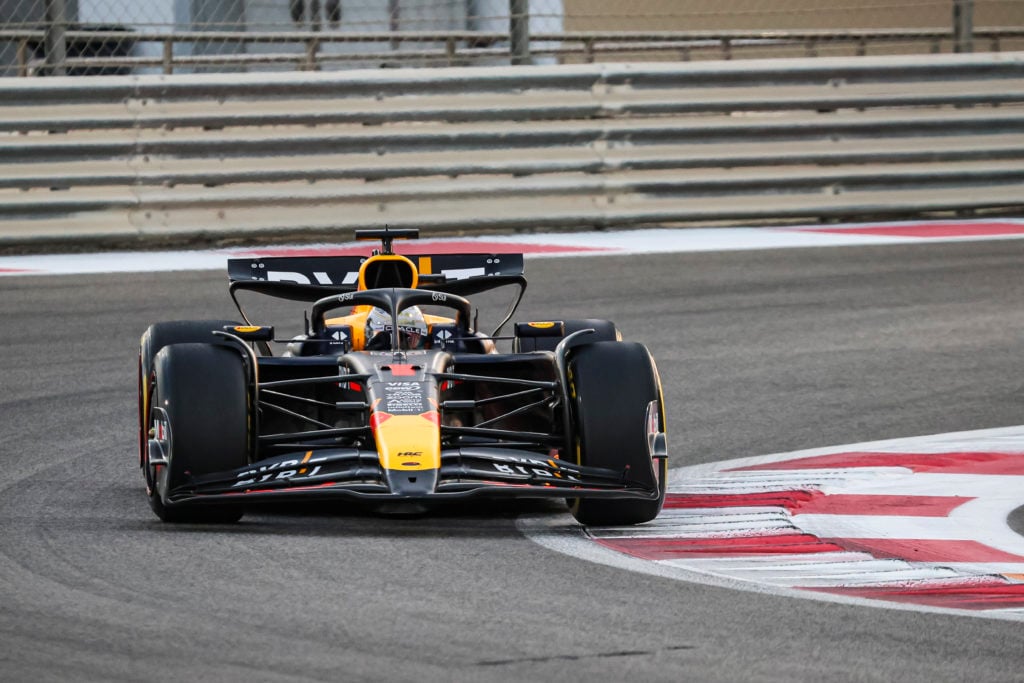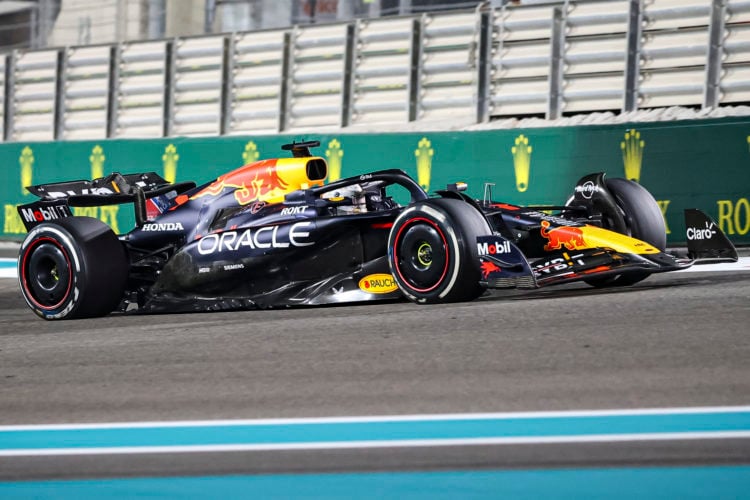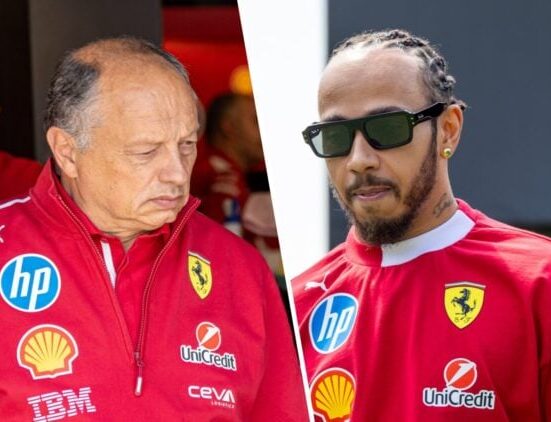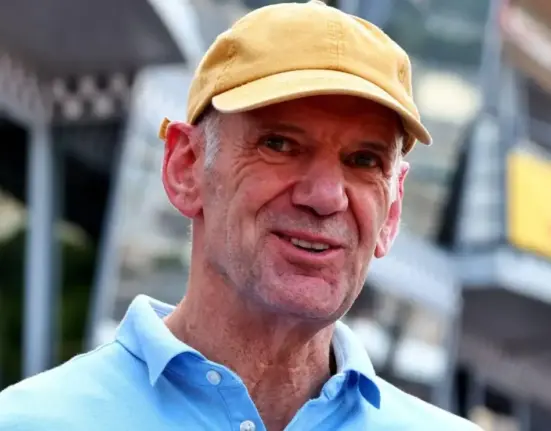Max Verstappen may have won his fourth Formula 1 drivers’ title in a row in 2024 but it was sub-par for Red Bull, and Gary Anderson is keen to see if one key change follows.
The Milton Keynes natives have dominated F1 during the current regulations since the series reintroduced ground-effect cars in 2022. But after sealing back-to-back drivers’ and teams’ titles, McLaren won the 2024 constructors’ championship as Red Bull fell to only third place.
Verstappen led the way for Red Bull last year as the Dutchman won his latest drivers’ title on 437 points. But a lack of results from his teammate, which saw Red Bull release Sergio Perez from his contract for 2025, meant they lost out on 589 to McLaren’s 666 and Ferrari’s 652.

Gary Anderson is ‘looking forward’ to see if Red Bull change the RB21’s nose
Perez will now spend this year without a seat on the Formula 1 grid after Red Bull promoted Liam Lawson from Racing Bulls. His inability to finish any Grand Prix higher than P6 since the Miami Grand Prix in round six of the 24 left Red Bull with no choice but to sack the Mexican.
The 34-year-old often complained about struggling to adapt to the RB20 with braking one of Perez’s big problems at Red Bull. But ex-Jordan and Jaguar F1 technical director Anderson is keen to see if Red Bull make any tweaks to their nose after going ‘against the trend’ in 2024.
READ MORE: All you need to know about Red Bull Racing from engine to Ford links
Anderson notes that Red Bull led the way in 2022 and 2023 by having the bottom part of the front wing disconnected to create a slot gap but removed the gap in 2024. Many teams took the route Red Bull initially forged as it improved the airflow for the centre of the underfloor.
“One detail I’m looking forward to seeing is the nose design,” Anderson told The Race. “The airflow that the majority of the car has to work with starts at the very front.”
Anderson added: “One of my biggest questions of last year was why Red Bull had their nose attached to the forward-most front wing element… Red Bull’s initial nose design for 2024 where it joined the forward element was wide, with very straight sides.
“This created the maximum airflow blockage for the airflow to the underside of the nose and, in turn, the central part of the leading edge of the underfloor. This really is against the trend that existed even before these ground-effect regulations came into place.”
Red Bull will leave no hole uncovered to bounce back in 2025

Removing the gap in between the nose of the RB20 and Red Bull’s front wing ensured their design in 2024 blocked the airflow into the central part of the underfloor and did not allow the Milton Keynes team to optimise this area as effectively as they had in 2022 and in 2023.
Given their rival teams all opted to have a slot gap in 2024, it would not be a surprise to see Red Bull revisit the design in 2025 when they take the covers off the RB21. The energy drink giant’s squad will no doubt be desperate to bounce back from falling to third place last year.
READ MORE: Everything you need to know about F1’s 2026 engine and chassis regulations
So, Red Bull will likely leave no hole uncovered in their bid to better understand where they went wrong in 2024 and try to right any mistakes – likely including removing the slot gap in their front wing design. Yet a lot of Red Bull’s focus may be on F1’s new regulations in 2026.










Leave feedback about this